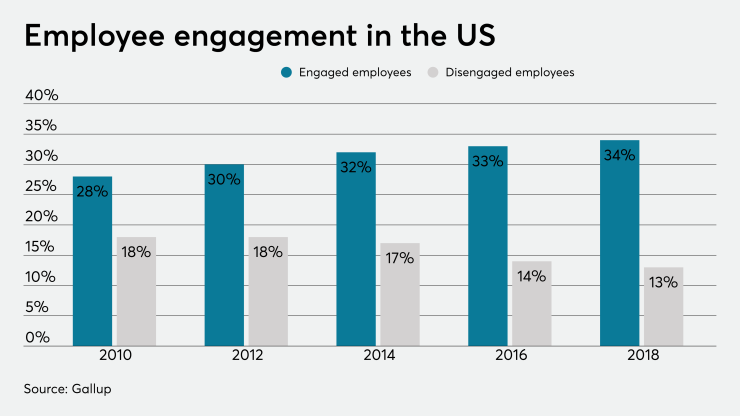In the last decade, the need for continuous innovation has been at the heart of every organization’s efforts to stay relevant. Despite pursuits by various corporates to innovate enough, countless have failed including Nokia, Yahoo, and Polaroid. So what could have possibly gone wrong? The reasons might be many but there is one innovation improvement that no one really seems to talk about, employee benefits.
A study, published by the Journal of Corporate Finance, examined how companies with a higher worker treatment score produced more highly cited patents when compared to their counterparts.
While innovation is mainly seen as a result of the overlap of skills and technology, there is a third factor at play here: Employee engagement. Innovation, while highly desired, is something that only a dedicated workforce will be able to execute.
In 2015, Bailey, Madden, Alfes, and Fletcher highlighted the outcomes of employee engagement for the International Journal of Management Reviews. Their research, which gathered data from 214 academic studies, noted that there was an undeniable link between engagement and innovative work behavior.
Which employee benefits will make your organization more innovative?
Not all benefits are created equal. A paper, titled Motivating Innovation, pointed out how the answer has actually a lot to do with long term incentives. When employees feel the pressure to deliver better results in a short amount of time, they are less likely to attempt riskier innovations. In different circumstances, if an employee is allowed to make mistakes and have a part in the organization’s long-term success, they should be more open to innovating ideas.
An employee benefit that clearly meets the criteria is offering workers the stock options to the company. It really works because it unmistakably ties the incentive to future organizational success. A Forsa study on leadership culture presents the high correlation between innovation culture and motivation. Seventy percent of organizations having highly committed employees use mistakes as a source of improvement.
Ultimately, companies have to attain benefit solutions that support workers to take more risks and come up with innovative approaches.
How providing better employee benefits will help you hire top talent?
As of this year the workforce consists of almost 50% millennials. Coupled with the fact that Gen Zers have to enter the workforce, the stakes are considerably high for acquiring the top talents. These new sets of employees are skilled, creative, and have the ability to bring fresh ideas to the table.
In a Glassdoor survey, around 60% of respondents stated that they strongly consider the benefits package offered before accepting a job offer. Similarly, 80% of employees prefer additional benefits over a salary increase. The role of the benefits package will not only influence your hiring decisions, but also the retention rates of your organization. Furthermore, new hires can take up to one to two years to reach their predecessors’ productivity level. Counting one to three years more to reach the innovation stature, it becomes extremely unfeasible for your organization to not prioritize your current workforce.
Can there be innovation without employee motivation?
When employee-centric benefits come into play, increased growth in productivity, motivation, and happiness can be seen. The happier your workforce is, the more likely they will be to take the risk of unleashing their creative prowess. Thus, more or less it can be said that innovation is elevated, if not directly proportional, to the effort and commitment made by the workers themselves. This is a clear indication that innovation can unquestionably be encouraged by fostering a culture that benefits employees.
Is offering a good employee benefits package enough for innovation?
While offering a good benefits package can be an incredible incentive to spur innovation, it is hardly the only factor at play. Peak levels of innovation are extremely dependent on a number of internal improvements, such as new products or services, experimentation and the required execution, investing in new ideas, and quality leadership. However, innovation is rarely a one-man show. A leader with only vision can surely set the ball rolling. However, a leader who also values the effort of his team and suitably recognizes their contributions will create an innovation-centric organization.






